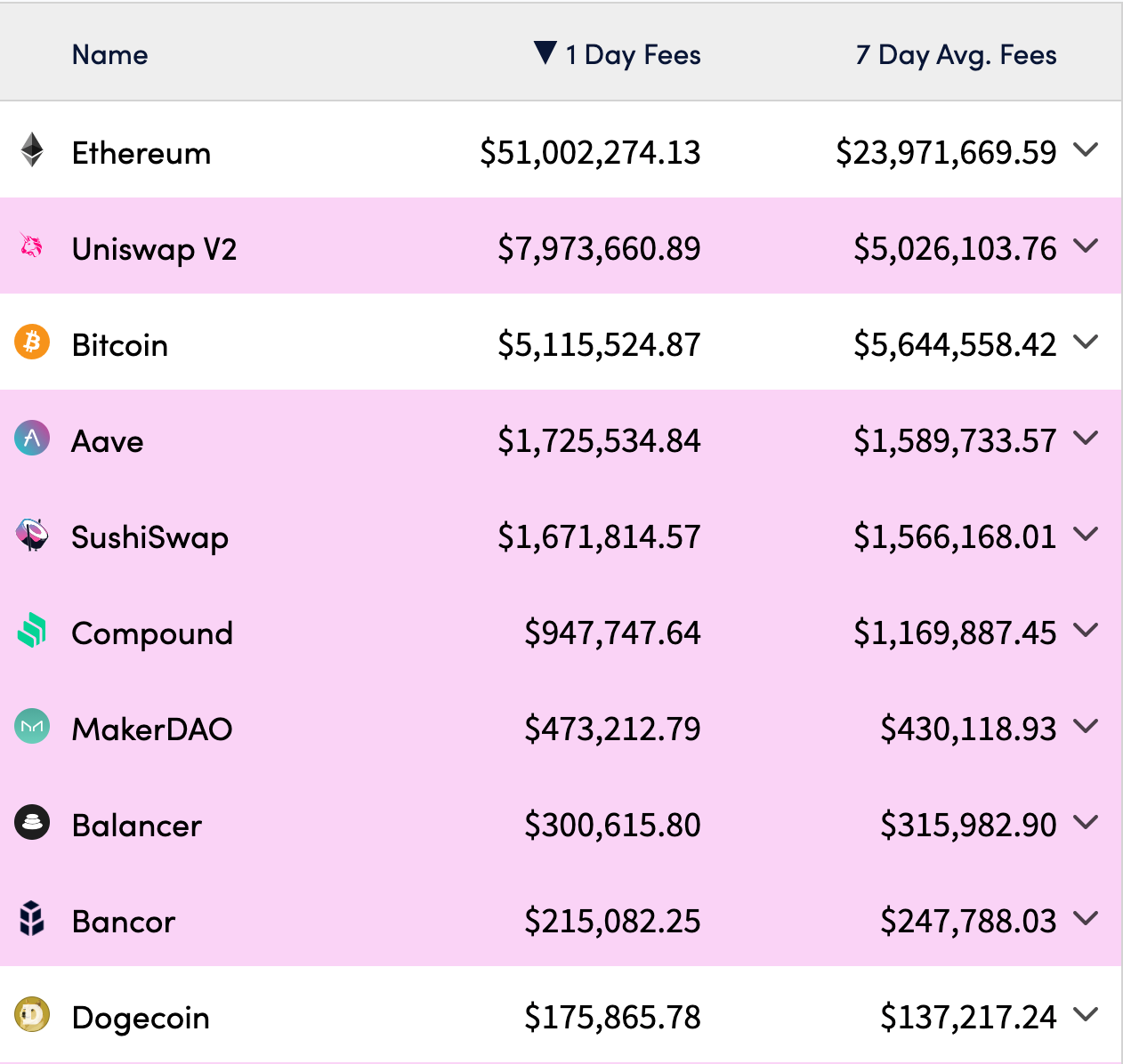In a recent statement, Xiao Feng, the Chairman of HashKey Group, has predicted that Ethereum will be at the forefront of blockchain technology innovation in 2024. This forecast places Ethereum as the central force driving the blockchain sector forward. According to Xiao, no other blockchain platform matches Ethereum’s capacity for technological advancements. This prediction aligns with Ethereum’s ongoing development of applications that offer real-world value and meet specific use cases, reinforcing its leadership position in blockchain innovation.
Ethereum’s edge in the blockchain industry stems from its robust ecosystem and continuous efforts to enhance its platform. These advancements are theoretical and are evidenced by many applications already in operation, ranging from decentralized finance (DeFi) to non-fungible tokens (NFTs). This wide array of uses showcases Ethereum’s flexibility and potential to cater to diverse industries and needs.
Ethereum leads blockchain innovation in 2024 forecast
While emphasizing Ethereum’s strengths, Xiao Feng also commented on the current trajectory of Bitcoin. He suggested that Bitcoin remain true to its fundamental characteristics for success, hinting at possible concerns with its recent development strategies. This subtle critique points towards a divergence in Bitcoin and Ethereum’s paths, with the latter seeming to forge a more innovative route.
In addition to these insights, Xiao highlighted the significant growth and maturation of blockchain Layer 2 (L2) technologies. These advancements are crucial in supporting the widespread adoption of blockchain applications with practical value. Layer 2 solutions are instrumental in addressing scalability issues that have long plagued blockchain platforms, making them more efficient and user-friendly. This evolution in L2 technologies is seen as a key factor in facilitating the broader application of blockchain in various sectors.
Another major trend identified by Xiao Feng for 2024 is the integration of blockchain with artificial intelligence (AI) and its spread in educational settings. He envisions blockchain as a tool for facilitating large-scale collaboration networks and managing intellectual property for AI. This integration points to a future where blockchain and AI converge, leading to more sophisticated and secure systems.
The educational sector is also set to benefit from the proliferation of crypto-economics and blockchain technology. By incorporating these concepts into curricula, educational institutions can prepare students for a future where these technologies play a pivotal role. This approach enhances the understanding of blockchain and crypto-economics and fosters a new generation of innovators and developers.
The importance of developer support
Finally, Dr. Xiao emphasized the developer-driven nature of blockchain technology. He noted that blockchains attracting more developer support are more likely to succeed. This viewpoint underscores the competition among major blockchain networks for developer attention instead of consumer demand. The success of a blockchain platform is increasingly dependent on its ability to foster a vibrant and engaged developer community. This community is essential for creating and maintaining a wide range of applications, ensuring the platform’s relevance and utility.
Xiao Feng’s predictions for 2024 highlight Ethereum’s dominant role in blockchain innovation while pointing to significant trends, such as integrating blockchain with AI and its increasing presence in education. These insights underscore the evolving landscape of blockchain technology and hint at the strategic directions various platforms might adopt in the coming years.





